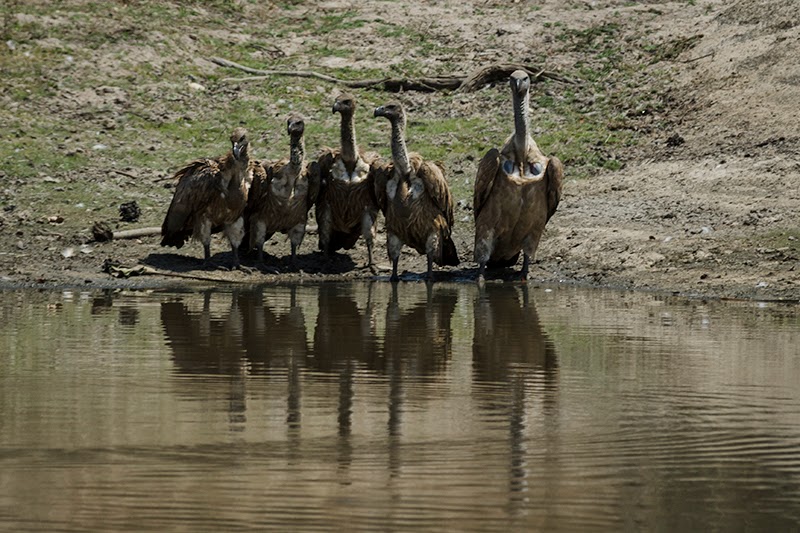The entire theme of Earth day
2016 revolves around the importance of trees. Most of the time we take trees
for granted, and never quite realize the importance of trees in our lives.
Here are
some valuable and important facts about trees:
- Trees Produce Oxygen – we can simply not live if there were no trees
- Trees play an essential role in environmental sustainability.
- It helps with the fight of climate change by absorbing carbon dioxide and other pollutants from the air.
- They prevent erosion and clean the water.
- Trees provide home to surrounding habitat, not to mention the nutritional value their fruits have to offer.
Some more facts...a little bit more on a lighter note.
 6. It
can be used as cover when being chased by a lion or elephant – usually lions do not
climb trees. When out walking in big five game areas, the chances are good that
you might run into one of the big 5. If you are surrounded by trees, then the best
option would be to look for the closest tree and seek hiding. You might have
some trouble when encountering a leopard.
6. It
can be used as cover when being chased by a lion or elephant – usually lions do not
climb trees. When out walking in big five game areas, the chances are good that
you might run into one of the big 5. If you are surrounded by trees, then the best
option would be to look for the closest tree and seek hiding. You might have
some trouble when encountering a leopard.
7. When
sleeping in the wilderness, there is no better roof for the night, than to sleep under a
tree.
8. It
serves as camouflage when faced with an elephant on foot –
situational awareness is key during on foot guiding. Trees can become an
important cover when faced with dangerous game.
9. An elephant keeps busy by pushing over some trees. According to the EcoLibrary “many ecologists believe that by frequently pushing
over trees, elephants help keep savannas as open habitats, so that they do not
grow up into more dense woodlands”
10. It
creates shade for the lazy cat specie, the shade of a tree becomes a relieve during hot summer days
11. Trees make for beautiful photos
We must take it upon ourselves
to look after our planet. Preserve the earth and we all will secure a green
future for ourselves and our children. Let’s all celebrate Earth Day. Not only
on 22 April, but every single day of our lives
Happy Earth day 2016!












